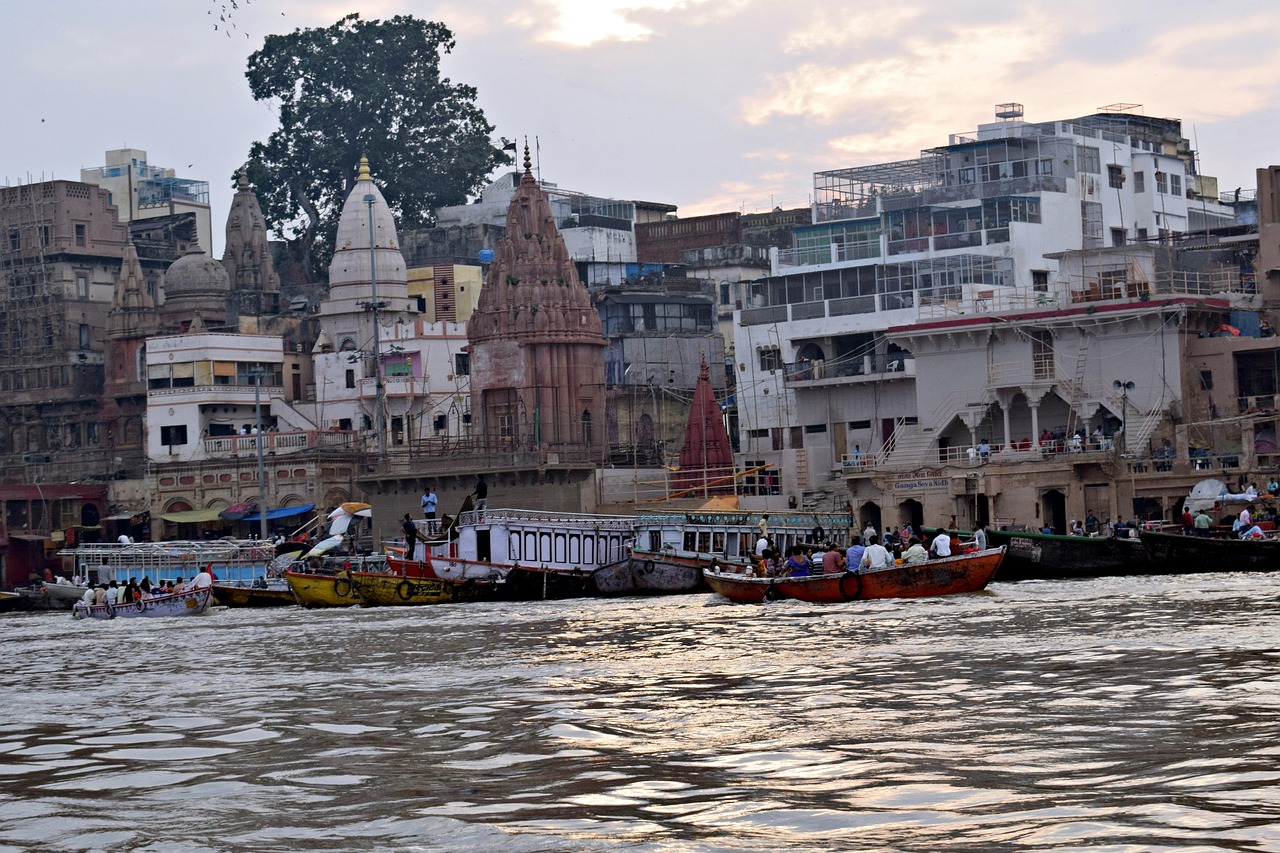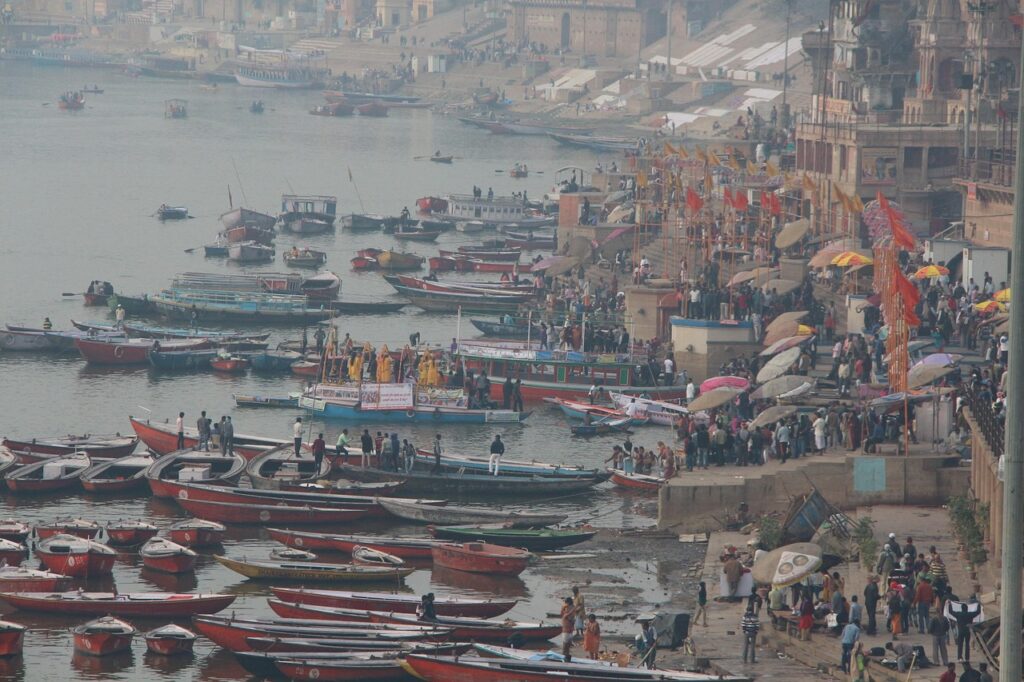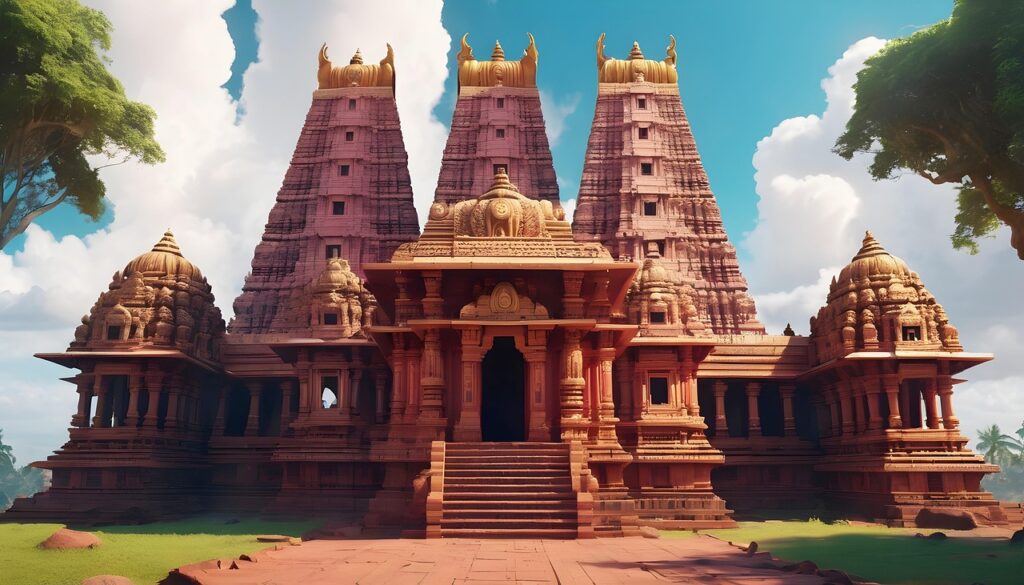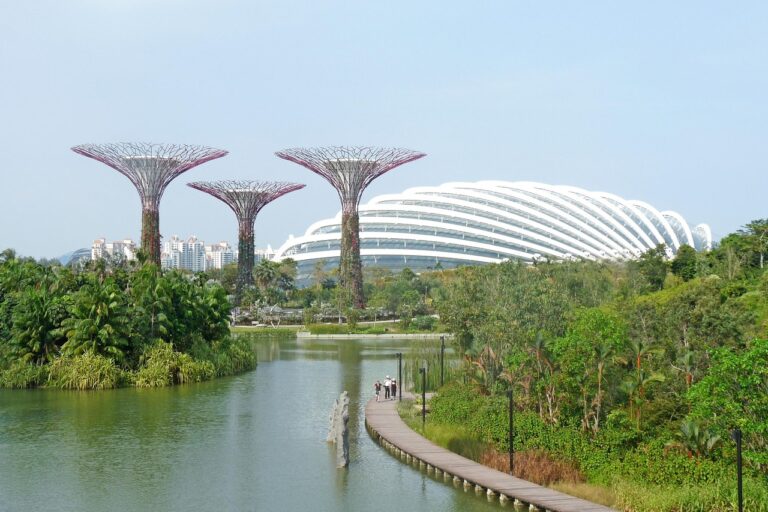Varanasi for First-Time Travelers: A Spiritual Tourism Guide to India’s Eternal City

Welcome to the Varanasi travel guide, your ultimate companion to discovering India’s holiest city. For those planning a first-time trip to Varanasi, this guide is tailored to provide you with essential insights into the spiritual and cultural essence of one of the world’s oldest inhabited cities. Nestled along the sacred Ganges River, Varanasi is a mystical hub for spiritual tourism in India, drawing pilgrims and curious travelers alike. From its intricate network of ghats to ancient temples and vibrant cultural scenes, this city offers a life-changing experience unique to its rich heritage.
Whether you’re preparing for a sunrise visit to the ghats or wondering how to honor local customs, this guide will help you explore sacred sites in Varanasi, uncover hidden gems, and craft an itinerary brimming with meaningful moments. Curious about other bucket-list destinations? Don’t miss the 10 Must-Visit Destinations Before You Die for more travel inspiration.
Understanding the Soul of Varanasi
Why Varanasi is Called the Eternal City
Varanasi, often hailed as “Kashi” or “Benares,” earns its title as the Eternal City due to its uninterrupted legacy as a spiritual nucleus. With origins tracing back over 5,000 years, this city has been a dwelling place for saints, philosophers, and seekers of truth. According to Hindu mythology, Varanasi was established by Lord Shiva, amplifying its position as a sacred entity in India. Here, life and death coexist in a poignant dance, epitomized by rituals performed on ghats like Dashashwamedh and Manikarnika.
The city is a testament to India’s unbroken spiritual traditions, making it an essential visit for anyone exploring spiritual tourism in India. Echoes of chanting priests, the glow of oil lamps, and the rhythm of temple bells together create a celestial harmony that mesmerizes visitors. Varanasi’s historical significance and vibrant spirituality continue to draw millions annually.
Sacred Sites in Varanasi and Their Spiritual Importance
No trip to Varanasi is complete without exploring its sacred sites. Begin your spiritual odyssey at the Kashi Vishwanath Temple, dedicated to Lord Shiva, an emblem of timeless devotion and architectural brilliance. Follow this with a visit to Sarnath, where Gautama Buddha delivered his first sermon, contributing to India’s rich spiritual heritage.
Don’t miss the Bharat Mata Mandir, unique for its map of undivided India carved into stone. Each visit promises to deepen your understanding of the religious fabric that binds the city. Looking for more suggestions when planning your spiritual travels? Check out 12 Must-Visit Places for optimal travel timings to destinations like Varanasi.
Preparing for Your First Spiritual Journey to Varanasi

Best Time to Visit Varanasi for Spiritual Experiences
Timing your trip to Varanasi is crucial to fully immerse yourself in its spiritual tapestry. The ideal months are from October to March when the weather favors exploration. Notable events like the Dev Deepawali Festival transform the ghats into surreal landscapes, marked by lights, prayers, and music.
Monsoon and summer months can be harsh, so plan well. If flexibility permits, synchronize your visit with local festivals to witness Varanasi’s vibrant culture at its peak. Looking for more inspiration? Hidden Gems might give you insights into discovering less-touristic spiritual pockets across the globe.
Packing Tips for First-Time Travelers to Varanasi
Packing appropriately is key to enjoying the city fully. Essentials include light cotton clothing, sunscreen, mosquito repellent, and comfortable footwear for exploring the ghats and temples. For temples, carrying scarves or shawls can help you adhere to dress codes.
Accessories like reusable water bottles and light snacks will come in handy for long days of exploration. Respect the city’s spiritual vibe by dressing modestly and maintaining an open-minded attitude toward local customs.
Exploring the Spiritual & Cultural Heart of Varanasi
A Walk Along the Varanasi Ghats
There’s nothing quite like wandering along the ghats of Varanasi to soak in the city’s soul. Start your day at Dashashwamedh Ghat, known for its iconic morning rituals and evening Ganga Aarti ceremony. The serenity of Assi Ghat makes it a perfect spot for meditation or yoga at sunrise. Meanwhile, Manikarnika Ghat reveals life’s transient nature, serving as the main cremation site in Varanasi.
Each ghat has its own story, purpose, and rhythm of life, making a stroll along the Ganges a deeply moving experience. The 10 Common International Travel Mistakes guide can help you sidestep issues that sometimes arise during such explorations.
Must-Do Activities for a First-Time Trip to Varanasi
Participating in Ganga Aarti at sunset is a must for first-time visitors. This mesmerizing ceremony honors the Ganges River with chants, fire rituals, and devotional music. Take a peaceful boat ride in the early morning to witness the ghats come to life as pilgrims cleanse their spirits in the sacred river.
Don’t forget to indulge in local delicacies like Banarasi paan (betel leaf) and explore bustling bazaars for silk sarees and brassware. Each moment spent in Varanasi serves as a doorway to understanding its eternal spirit.
Building the Perfect Varanasi Itinerary for Beginners

Day-by-Day Itinerary Suggestions
Day 1 starts with a sunrise boat ride, followed by visits to the Kashi Vishwanath Temple and Sarnath. Conclude the evening with the spectacular Ganga Aarti at Dashashwamedh Ghat. Day 2 invites leisurely exploration of smaller, less crowded ghats and shopping streets like Vishwanath Gali Bazaar.
Day 3 focuses on cultural engagement, attending music performances or trying your hand at block printing in local workshops. No matter how you plan, ensure moments of solitude for reflection. Interested in crafting more meaningful trips? Learn expert tips at 10 Must-Visit Destinations Before You Die.
Off-the-Beaten-Path Experiences in Varanasi
Venture beyond the popular ghats to discover hidden spots like Ravidas or Tulsi Ghat. Visit artisan workshops in the old city to understand Varanasi’s buzzing yet sacred lifestyle.
Spiritual Etiquette and Tips for a Meaningful Visit
Do’s and Don’ts in the Sacred City of Varanasi
Always remove footwear before entering temples and adhere to the dress code for sacred sites. Seek permission before photographing rituals and preserve the sanctity of temples and ghats through respectful behavior. Avoid littering and support sustainable tourism to help preserve the city’s essence.
Connecting with Varanasi’s Spiritual Essence
For deeper connections, consider participating in yoga sessions or attending spiritual discourses hosted along the riverside. Engage with local priests or guides who can illuminate the city’s hidden layers of spirituality.
The Role of Spiritual Tourism in India
Why Spiritual Tourism Matters to Varanasi
Spiritual tourism anchors the city’s economy and sustains time-honored traditions like Ganga Aarti and temple festivals. Visitors not only contribute to its financial health but also imbibe lessons of humility and mindfulness from their experiences.
Varanasi’s Cultural Revival Through Tourism
Tourism also helps in preserving Varanasi’s artistic and culinary traditions, offering platforms to artisans and cooks alike. By honoring the city’s ethos, tourists play a pivotal role in maintaining this Eternal City’s sacred legacy.
Varanasi is a timeless realm where spiritual wisdom and cultural richness converge, offering visitors an experience that stays etched in their hearts. It’s a city that teaches the value of rituals, the beauty of simplicity, and the inevitability of life cycles. For first-time travelers, it’s not just a destination; it’s a transformative pilgrimage into the spiritual core of India.






